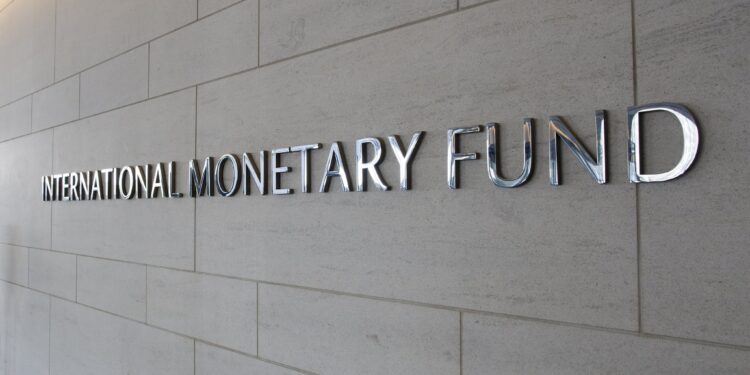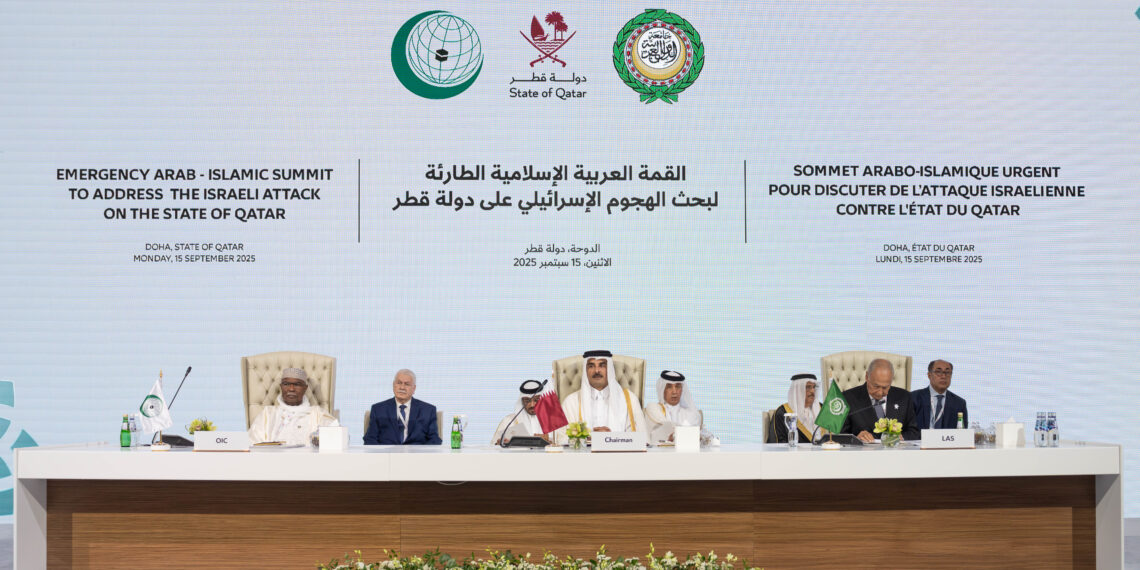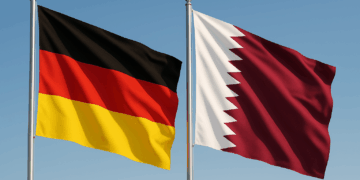Arab countries are experiencing significant variations in their public debt amid escalating economic and geopolitical challenges, volatile energy prices, and slowing global growth. According to an International Monetary Fund report issued in April 2025, the public debt-to-GDP ratio ranges from less than 5% in some countries to over 250% in others.
Sudan tops the list of the most indebted Arab countries, at 271.9% of GDP in 2024, with a projected decline to 251.9% in 2025. This is due to the accumulation of debt and interest payments over decades, in addition to mismanagement, economic sanctions, and the loss of a significant portion of oil revenues following the secession of South Sudan. The ongoing political unrest and current civil war have also exacerbated the economic crisis there. Lebanon ranks second with a public debt ratio of 164.1%.
This is a result of successive governments’ reliance on borrowing to finance reconstruction after the civil war. The country then entered a financial crisis in 2019, exacerbated by the COVID-19 pandemic and the Beirut port explosion, which led to the country’s default on Eurobond repayments. Bahrain ranks third with a debt ratio of 134% in 2024, expected to rise to 141.4% this year, despite previously receiving a $10 billion Gulf aid package. In Jordan, the public debt-to-GDP ratio reached 95.9% in 2024 and is expected to decline to 92.55% this year, according to the International Monetary Fund. After declining significantly from the 1990s to 2007, public debt has been on the rise again since 2009.
This is due to the persistent fiscal deficit and the rising current account deficit, coupled with weak economic growth and reliance on external financing to cover the budget deficit. As for Egypt, its public debt ratio reached 90.9% in 2024, with expectations of a slight decline this year, given the ongoing challenges related to debt servicing and the decline in Suez Canal revenues due to attacks on ships in the Red Sea. It is worth noting that Arab countries with high public debt-to-GDP ratios also include Tunisia (83.1%), Yemen (70.94%), and Morocco (70.03%), according to IMF data for 2024.
Conversely, Kuwait has the least indebted Arab country, with a public debt ratio of 3%, followed by Saudi Arabia (29.9%), the UAE (32.1%), Oman (35.5%), and Qatar (40.8%). This is due to financial surpluses from oil revenues and prudent fiscal policies.
Economists confirm that the impact of public debt on growth varies depending on how it is invested. In low-debt countries, borrowing may support investment, infrastructure, education, and health, while high debt puts pressure on public budgets, especially if it is allocated to cover deficits rather than productive investments.
On the other hand, the IMF warns that high debt, especially external debt, makes countries more vulnerable to shocks such as interest rate and exchange rate fluctuations and geopolitical crises, as happened in Egypt with the decline in Suez Canal revenues due to security tensions in the Red Sea.
While countries such as Egypt, Jordan, and Tunisia rely on support and financing programs from the IMF and the World Bank to achieve financial stability, others such as Sudan and Lebanon face greater challenges that require deep structural reforms to reduce their debt burden and ensure long-term financial sustainability.







